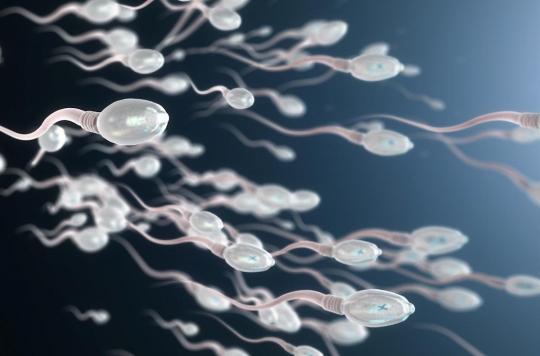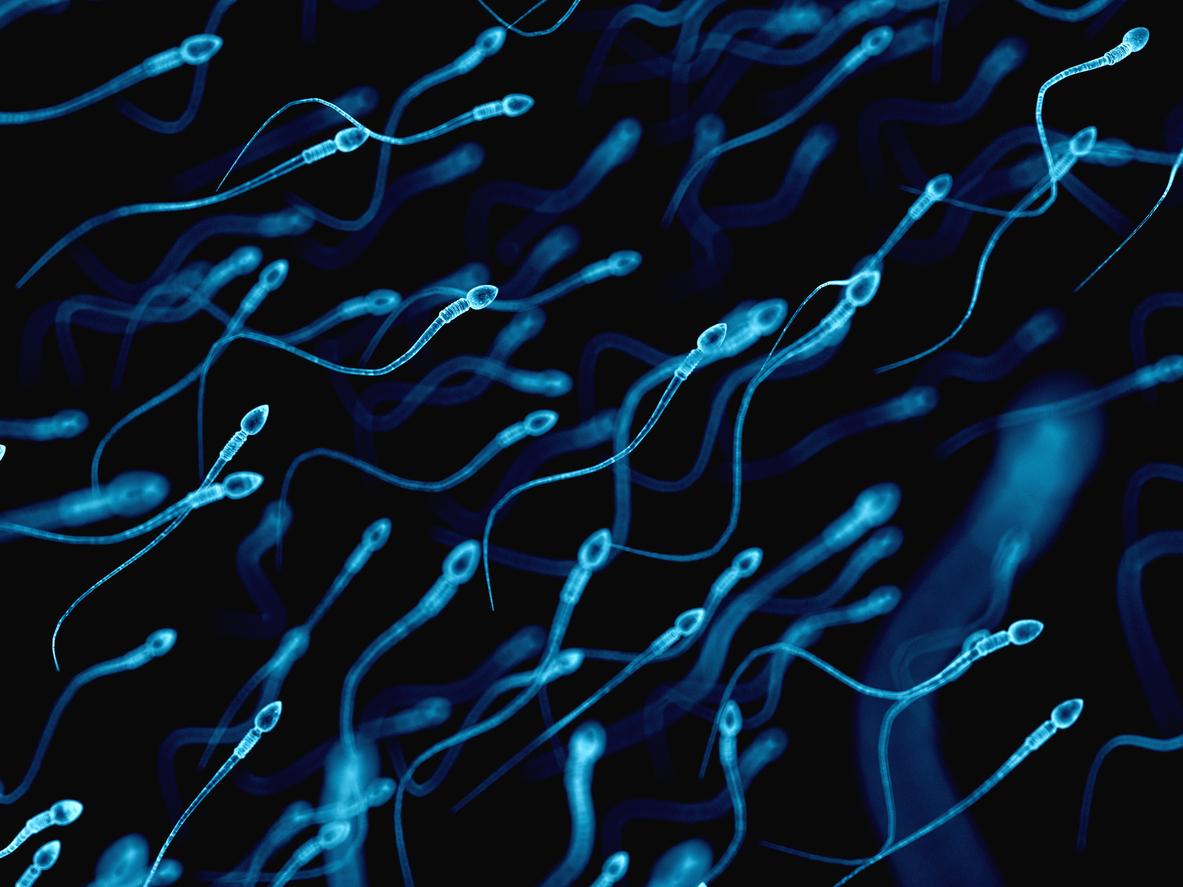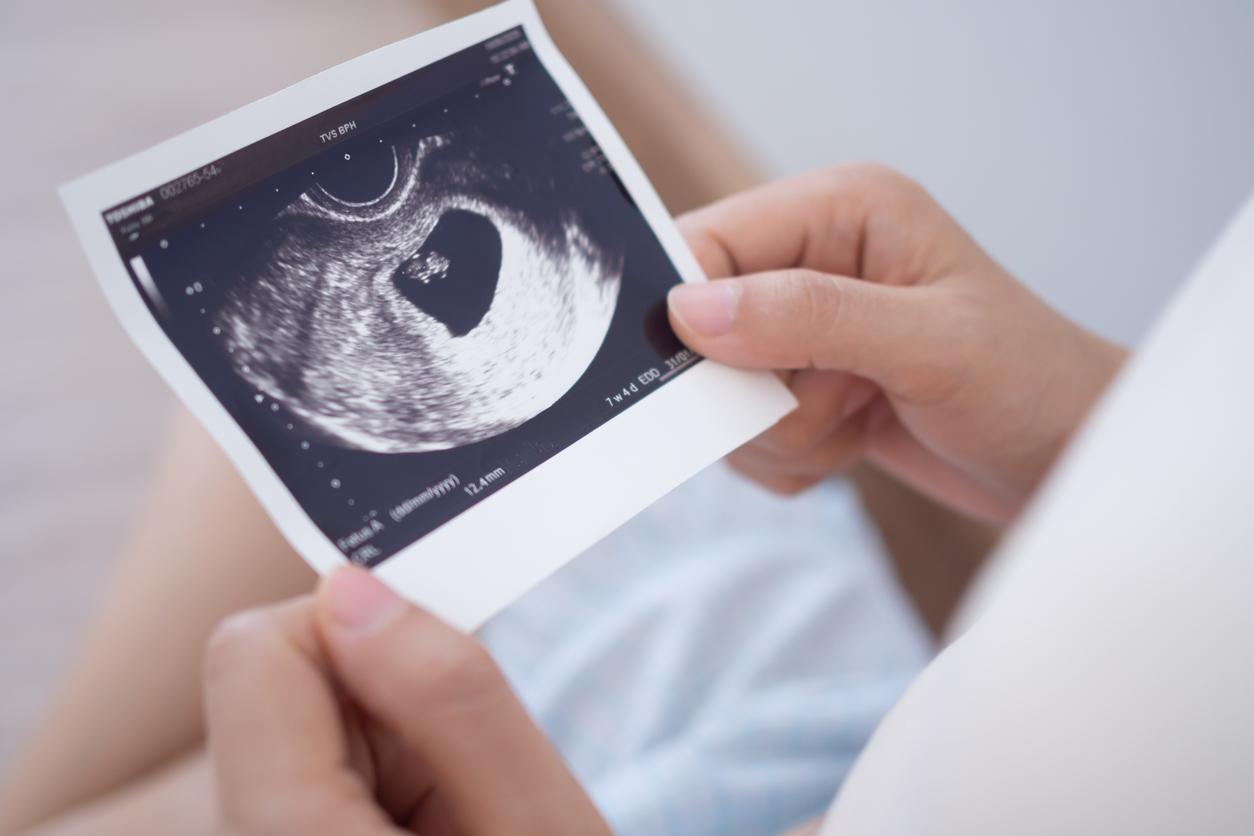Switzerland, Germany, Denmark and Norway are at the bottom of the ranking.

The quality of semen in Europe is worrying. For fifty years, male fertility has been declining steadily. A new study published in the journal Andrology was interested in the performance of sperm in Switzerland. Dhe researchers from the University of Geneva evaluated the quality of the sperm of 2,523 young Swiss aged 18 to 22 recruited into the army. The group included representatives from all the cantons of the country, which made it possible to constitute a national sample of volunteers.
The researchers focused on three key indicators of sperm quality: quantity, mobility and morphology. In Europe, the median sperm count ranges from 41 to 67 million per milliliter (ml), depending on the country. The authors of this study found that the Swiss cohort had a median sperm count of 47 million per ml, which puts Switzerland at the bottom of the list of European countries with the poorest sperm just ahead of Germany (46 million). , Denmark (41 million) and Norway (41 million). Conversely, Spain records the highest rate with a median number of 62 million.
“It is important to understand that the time required to conceive increases considerably if a man’s sperm concentration is less than 40 million sperm per ml”, explains Serge Nef, professor in the Department of Genetic Medicine and Development of the Faculty of Geneva medicine and co-author of the study.
Criteria lower than those set by the WHO
According to the World Health Organization (WHO), a sperm count of less than 15 million per ml makes a man’s chances of having children more difficult. However, 17% of study participants had less than 15 million sperm count per ml.
Among a quarter of the men studied, less than 4% of the sperm were motile and 43% of the men had less than 4% of normally formed sperm. Overall, only 38% of Swiss men had sperm concentration, mobility and morphology values that met WHO benchmarks. “Low values can reflect a man’s fertility and when the combination is low, the ability to conceive is at risk,” says lead author Rita Rahban, researcher at the Department of Genetic and Developmental Medicine in Geneva.
A higher incidence of testicular cancer
How to explain that the quality of sperm has dropped so much? While the researchers were unable to pinpoint a precise cause, they did identify a few factors that could play a role, such as maternal smoking, alcohol use, obesity, stress and l exposure to pesticides.
In addition to impacting a man’s ability to have children, poor sperm quality has also been linked to a higher incidence of testicular cancer. By analyzing data on the prevalence of testicular cancer in Switzerland, the researchers found that the incidence of the disease had increased over the past decades, from 7.6 cases per 100,000 men in 1980 to 10, 4 in 2014. “For 35 years, the number of cases of testicular cancer has continued to increase (…) The quality of sperm is generally lower in countries where the incidence of testicular cancer is high” , underlines Prof. Nef.
.

















